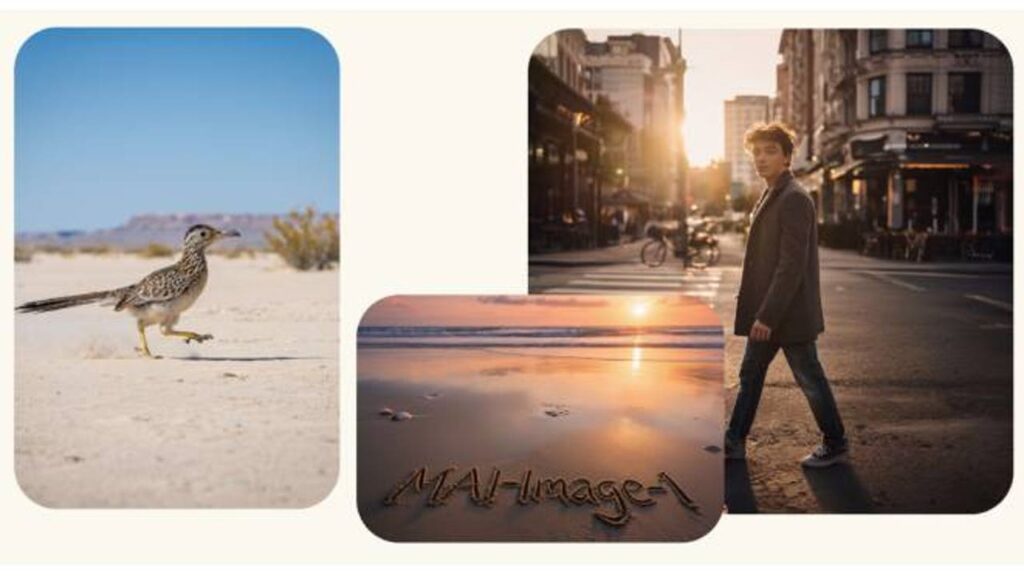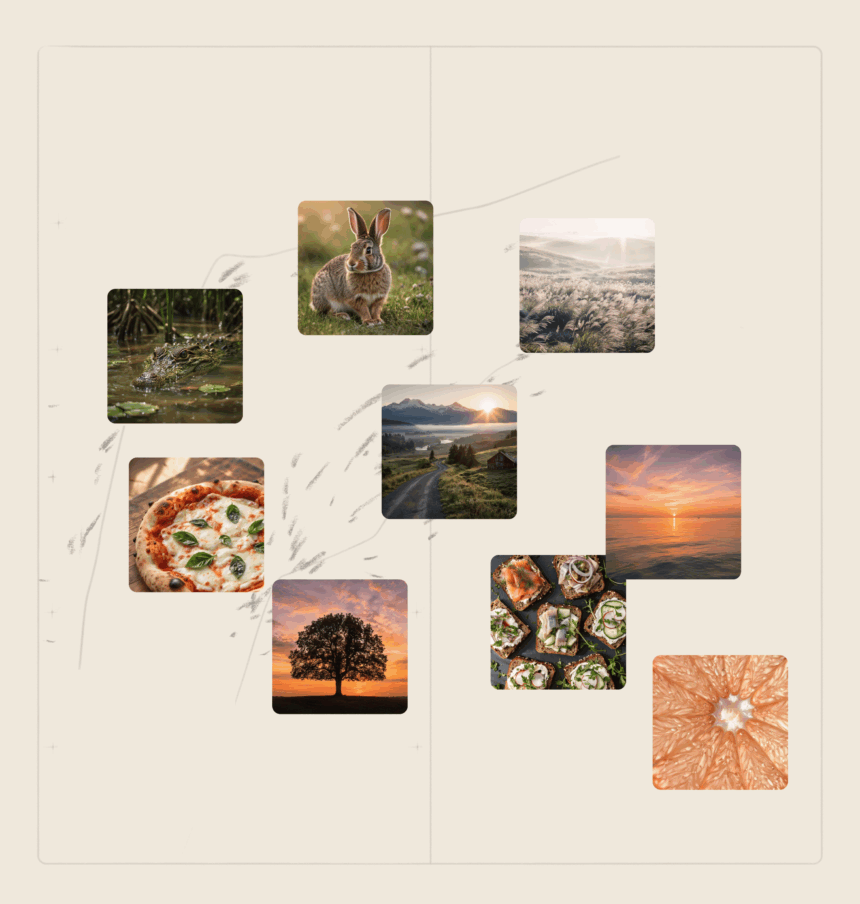Microsoft’s AI Art Engine Steps Into the Spotlight
Microsoft unveiled MAI-Image-1, its first-ever homegrown AI image generator. It is built entirely in-house to deliver faster, more creative, and photorealistic visuals. Designed for creators, marketers, and AI enthusiasts, the tool promises to bypass repetitive styles. It offers advancements over other AI art engines like Midjourney and OpenAI’s DALL·E.
According to Microsoft, MAI-Image-1 is developed using direct feedback from professional artists and creative teams. Its goal is simple: produce more authentic-looking results by providing greater control over tone, style, and realism.
What’s Happening & Why This Matters
From Testing Lab to Creative Partner
MAI-Image-1 currently ranks among the top 10 text-to-image models on LMArena, a crowdsourced benchmarking platform. This platform anonymously tests and scores AI models. It measures accuracy, realism, and creative adaptability. This gives Microsoft’s model early credibility in a fiercely competitive field.
Microsoft says MAI-Image-1 excels at generating photorealistic imagery in seconds. It offers higher fidelity and diversity than previous integrations that relied on external partners like OpenAI’s DALL·E 3. The decisive step toward independence in AI model development. It presents Microsoft’s ambition to lead rather than license in the generative space.
A company spokesperson shared:
“Our goal with MAI-Image-1 is to create tools that don’t just automate creativity but enhance it. Every pixel should reflect intentional design — not randomness.”
Built for Real-World Use
During development, Microsoft’s AI research teams collected structured feedback from digital artists, graphic designers, and marketing professionals. This was done to refine data selection and evaluation criteria. The approach ensured that MAI-Image-1 tackle real-world creative tasks. Tasks such as campaign visuals, product mockups, and conceptual designs were targeted.
Rather than focusing solely on artistic style, Microsoft prioritised context awareness and text accuracy. These are key weaknesses in existing models. Microsoft confirmed that the generator performs consistently well when blending text with complex scenes — another area where competitors often falter.

MAI-Image-1’s strength lies in its nuanced realism. It avoids oversaturated color palettes, generic compositions, and the AI “plastic look” that many models produce. The model instead delivers sharp, balanced images that better mimic professional photography or high-end renders.
Integration Across Microsoft Platforms
Microsoft plans to integrate MAI-Image-1 into its flagship products, including Copilot and Bing Image Creator. Once integrated, users can generate images directly from text prompts across Windows, Edge, and Office apps.
Integration solidifies Microsoft’s ecosystem — blending text, image, and voice generation under the MAI (Microsoft AI) suite. The company already launched MAI-Voice-1, an AI model for generating lifelike audio. MAI-1-preview, a text-based conversational model. MAI-Image-1 completes this triad. The three make Microsoft one of the few firms capable of producing multi-modal generative tools at scale.

Competing in a Crowded Market
The announcement comes as Big Tech doubles down on creative AI. Google is refining its Imagen 3 model, while Adobe is embedding Firefly deeper into its Creative Cloud apps. Meanwhile, OpenAI’s Sora and DALL·E 3 dominate public attention, lifting the bar for image realism and creative diversity.
Microsoft’s internal development shows that it no longer wants to simply host models. Instead, it wants to own the innovation pipeline. The strategy supports tighter integration with its Azure AI infrastructure. It reduces dependency on third-party systems and offers clients a closed, enterprise-grade creative ecosystem.
TF Summary: What’s Next
MY FORECAST: MAI-Image-1 represents Microsoft’s clearest action toward self-sufficient generative AI. You can expect the model to appear first inside Copilot Pro and Bing Image Creator. It offers users faster, more dynamic image generation than before.
As competition heats up, Microsoft’s advantage lies in integration and accessibility. It embeds creativity into everyday workflows. If MAI-Image-1’s performance holds up under real-world demand, it could redefine how users produce visuals. It would span the Microsoft suite, from PowerPoint slides to social media graphics.
The future of generative design is taking shape — and this time, it’s stamped with a Microsoft watermark.
— Text-to-Speech (TTS) provided by gspeech


